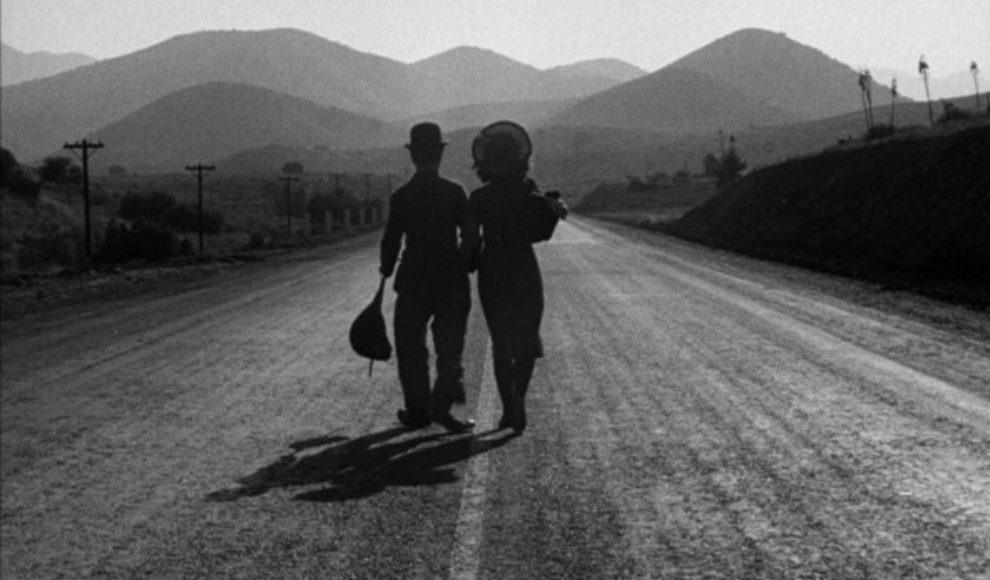Body and Soul
Directed by Robert Rossen
Written by Abraham Polonsky
1947/USA
Enterprise Productions
Repeat viewing/Netflix rental
[box] Charlie Davis: What are you gonna do? Kill me? Everybody dies.[/box]
From before the blacklist, when boxing was a stand-in for cut throat capitalism. John Garfield is terrific as a scrapper who almost loses his soul to the game.
Charlie Davis (Garfield) is a talented amateur boxer who lives with his parents above their candy store, dreaming of bigger and better things. His mother (Anne Revere) wants him to give up the ring and get an education. His friend Shorty is trying to get him an in with manager Quinn (William Conrad) to turn pro. Charlie’s father secretly supports Charlie’s boxing ambitions but is killed suddenly when the speakeasy next to the shop is blown up. For awhile, Charlie stays home to please his mother. It is then that he meets and falls in love with beautiful immigrant painter Peg (Lilli Palmer). But he can’t get work and when a welfare worker comes around Charlie defies his mother and starts fighting for Quinn to get money.
Charlie defeats all comers as a pro. Soon he and Quinn are looking for a championship bout. Nobody can get one without the backing of ruthless promoter Roberts. Roberts wants nothing less than half of Charlie. As he waits for his fight, Quinn and Roberts show Charlie the high life, complete with wine, women and song. By the time the championship fight is sight, Charlie is thoroughly corrupted and prefers money even at the cost of Peg and Shorty.
Finally Charlie is scheduled for a championship bout with Ben Chaplin (Canada Lee) who, unbeknownst to him but not to anyone else, is suffering from a life-threatening blood clot in the brain. A KO in the ring almost takes Ben’s life. But despite learning that his keepers have set him up for this mockery of a fight, Charlie takes it in stride only hiring Ben as his sparring partner to make up for it. Charlie gets softer and softer the higher he flies until the time when he must make a final choice between money and integrity.
The film is the prototypical boxing movie in which the hero must prove his mettle when asked to take a dive. Here though, the moral issues take on a philosophical and political significance thanks to the pointed and pithy dialogue of Abraham Polonski (Force of Evil). In addition, what sets Body and Soul apart from more pedestrian fare is a the mesmerizing performance by Garfield and the gritty fight sequences, cited by Martin Scorsese as as inspiration for Raging Bull. Nobody did shiny night streets better than cinematographer James Wong Howe and we get these in abundance here.
Per IMDb, an extremely large number of the cast and crew on the film – writer Abraham Polonsky, actors John Garfield, Anne Revere, Lloyd Gough, Canada Lee, Art Smith, Shimen Ruskin, producer Bob Roberts and, to a lesser extent, cinematographer Howe – found themselves either blacklisted or greylisted during the HUAC witch hunts of the 1950s, while director Robert Rossen only avoided that fate by naming names.
Body and Soul won the Oscar for Best Film Editing. It was nominated in the categories of Best Actor and Best Writing, Original Screenplay.
Clip














 2.
2. 

